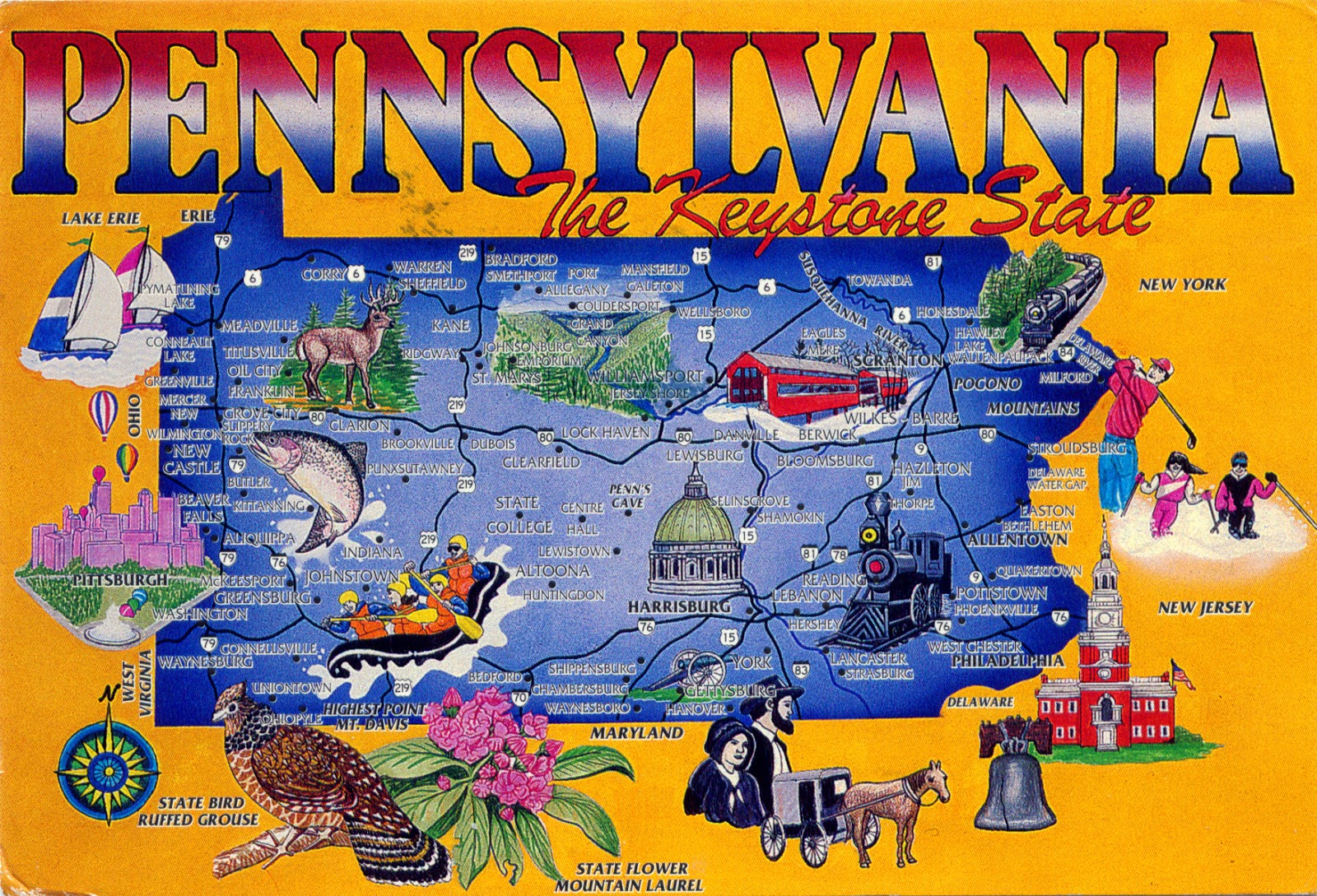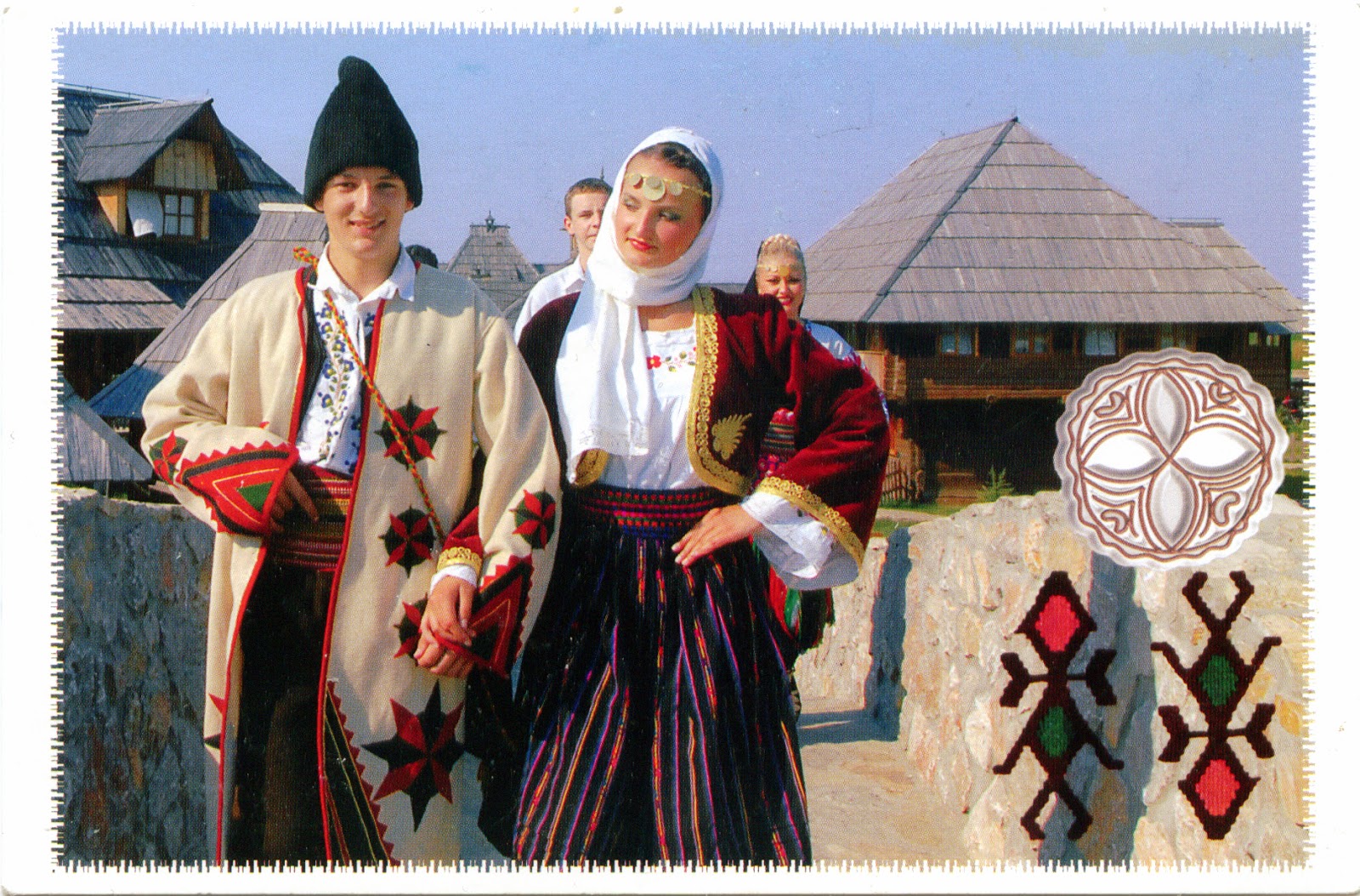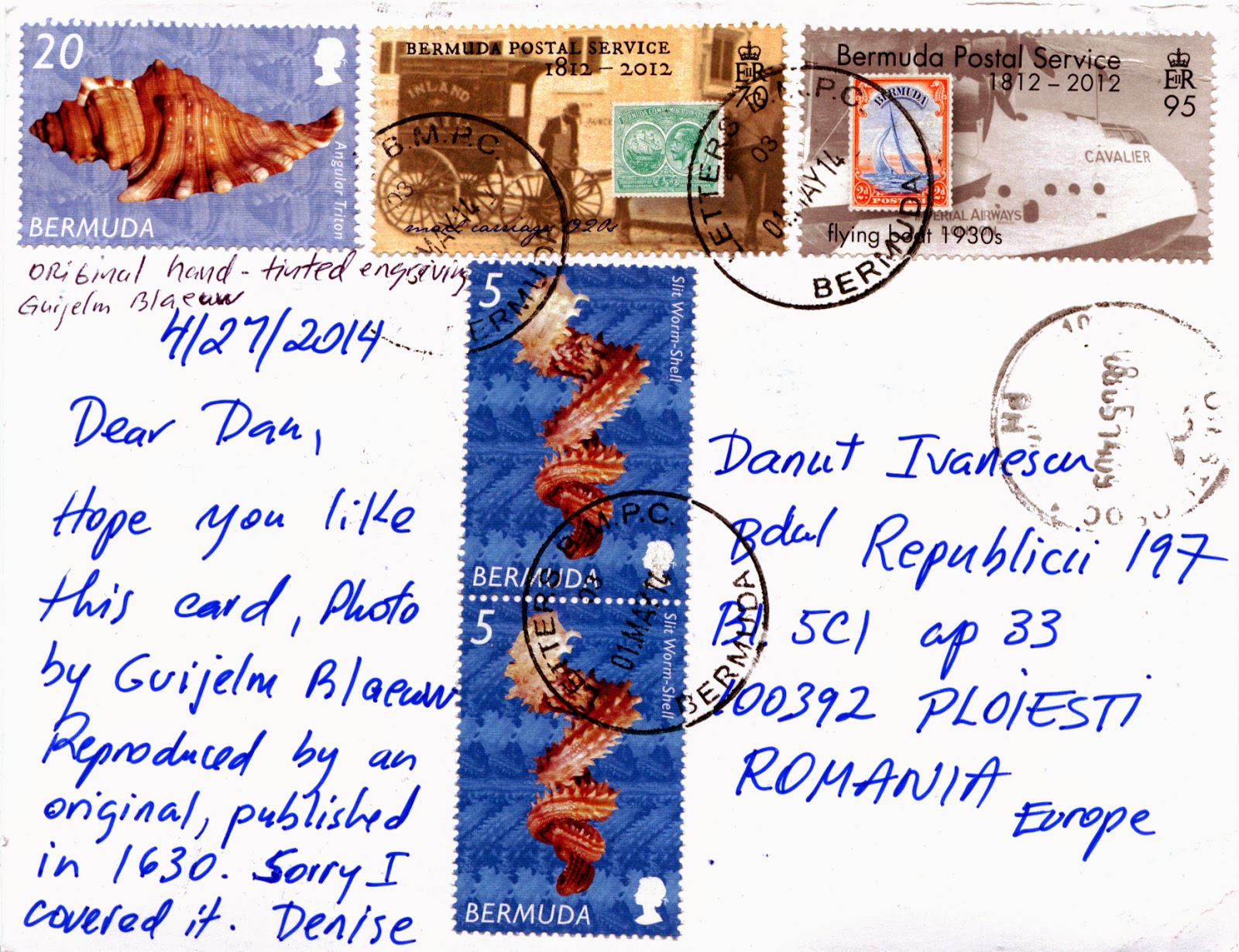Posted on 23.02.2014, 22.04.2014Located in the
Gulf of Mexico, at the border with
Mexico, between
New Mexico,
Oklahoma,
Arkansas, and
Louisiana,
Texas is the second most populous (after
California) and the second-largest of the 50 states (after
Alaska) of the
United States. In
Pre-Columbian period, in the area were developed three major indigenous cultures, which reached their developmental peak before the first European contact:
the Pueblo,
the Mississippian culture, and
the civilizations of Mesoamerica. In 1528, after the arrival of
Álvar Núñez Cabeza de Vaca, "half the natives died from a disease of the bowels". During the next 150 years Europeans have ignored the area, then occupied by
French (1684-1689),
Spanish(1690-1821), and
Mexican (1821-1836). Becoming republic after the
Declarationof Independence in 1836, it was
admitted to the Unionas the 28th state in 1845, and during the
Civil War joined the
ConfederateStates.
Although Texas is popularly associated with the
Southwestern deserts, less than 10 percent of its land area is desert. Almost twice as large as Germany, Texas has four major physical regions:
GulfCoastal Plains (covered by thick piney woods), Interior Lowlands,
Great Plains(dominated by prairie and steppe), and
Basin and Range Province. Most of the population centers are located in areas of former prairies, grasslands, forests, and the coastline. Three of its borders are defined by rivers:
Rio Grande (with Mexico),
Red River (with Oklahoma and Arkansas), and
Sabine River (with Louisiana). Its large size and its location at the intersection of multiple climate zones gives it highly variable weather. Some of the most destructive hurricanes in U.S. history have impacted Texas.
Texas's large population, abundance of natural resources, thriving cities and leading centers of higher education have contributed to a large and diverse economy, even if since the discovery of the oil, the state's economy has reflected the state of the petroleum industry. In 2010, there were 346,000 millionaires in Texas, which has the second highest gross state product (GSP) in the U.S., comparable to the GDP of India or Canada. Its largest city is
Houston, the fourth-largest in the U.S., but the state capital is
Austin. The origin of the state name is from the word
tejas, which means 'friends' in the
Caddo language. It is nicknamed the Lone Star State, to signify it as a former independent republic and as a reminder of the state's struggle for independence from Mexico.
The flag of the state, adopted in 1839, is a rectangle that has a width to length ratio of two to three and contains one blue vertical stripe that has a width equal to one-third the length of the flag, two equal horizontal stripes, white and red, and one white, regular five-pointed star (the Lone Star) located in the center of the blue stripe, oriented so that one point faces upward. The blue symbolise loyalty, the white purity, and the red bravery. The Seal of the state was adopted in 1845, and consists of a star of five points, encircled by olive and live oak branches, and the words, "The State of Texas." The state bird is Mockingbird, the three - pecan, and the flower - bluebonnet.
Read more »






















































